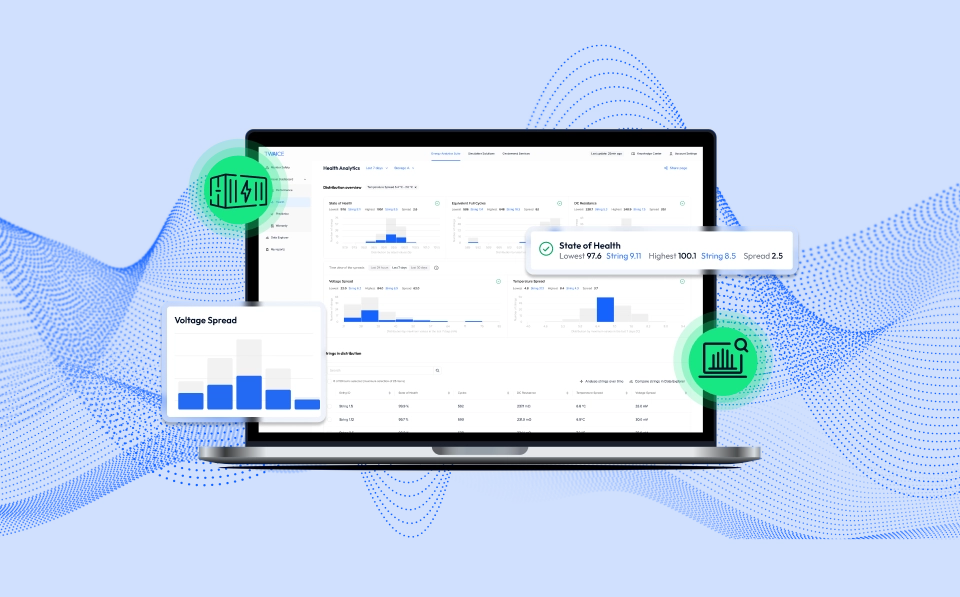Continuous impedance monitoring provides significant insights into the aging status of a battery. However, the on-line determination of battery impedance parameter for its low-frequency part is a challenging task. This paper provides an algorithm for its determination, which features a novel approach to quantifying the impedance caused by diffusion processes at low frequencies.
.webp)
Impedance Research Paper
Novel method for the on-line estimation of low-frequency impedance of lithium-ion batteries
Highlights
- Impedance estimation with separate algorithm for high- and low-frequency processes.
- Theoretical background to observable frequencies of impedance in real cycling data.
- Algorithm is based on identification windows, and operates non-recursively.
- Voltage error for commercial 18650 NCA cell below 10mV during the validation cycle.
Abstract
Impedance is an important characteristic of lithium-ion batteries since it directly influences their power capability. However, battery impedance is highly dependent on the operating condition and increases over the lifetime of the battery, due to degradation of the latter. Continuous tracking of the impedance can hence provide meaningful insights into the aging status of a battery. However, the on-line determination of battery impedance parameters, especially for its low-frequency part, is a challenging task, which has not yet been solved unambiguously in literature.
This work provides an algorithm for the on-line determination of battery impedance, which features a novel approach to quantifying the impedance caused by diffusion processes at low frequencies.
The algorithm works by parameterizing an equivalent circuit model comprised of RC elements, which reproduces the Li-ion kinetics. The on-line functionality is enabled by parameterizing the model during parameter identification windows of battery operating data, which allow for the separation of high-frequency and low-frequency dynamics. The developed algorithm is designed in such a way that it can in future be embedded into a low-cost microcontroller by taking into account the relevant computational and memory limitations. During experimental validation with a commercial Li-ion battery, the root-mean-square error of the simulated voltage during diverse static and dynamic loads is reduced by over 50% compared to a benchmark algorithm without the proposed approach.
Access the paper here.

See TWAICE Energy Storage Analytics in Action
Sign up for the next live group demo and learn how TWAICE can transform your BESS operations. In just 30 minutes, you’ll get a demo of key features and use cases, and engage with our product experts for a live Q&A.
Related Resources
.webp)
Modeling Particle Versus SEI Cracking in Lithium-Ion Battery Degradation

Non-destructive electrode potential and open-circuit voltage aging estimation for lithium-ion batteries

